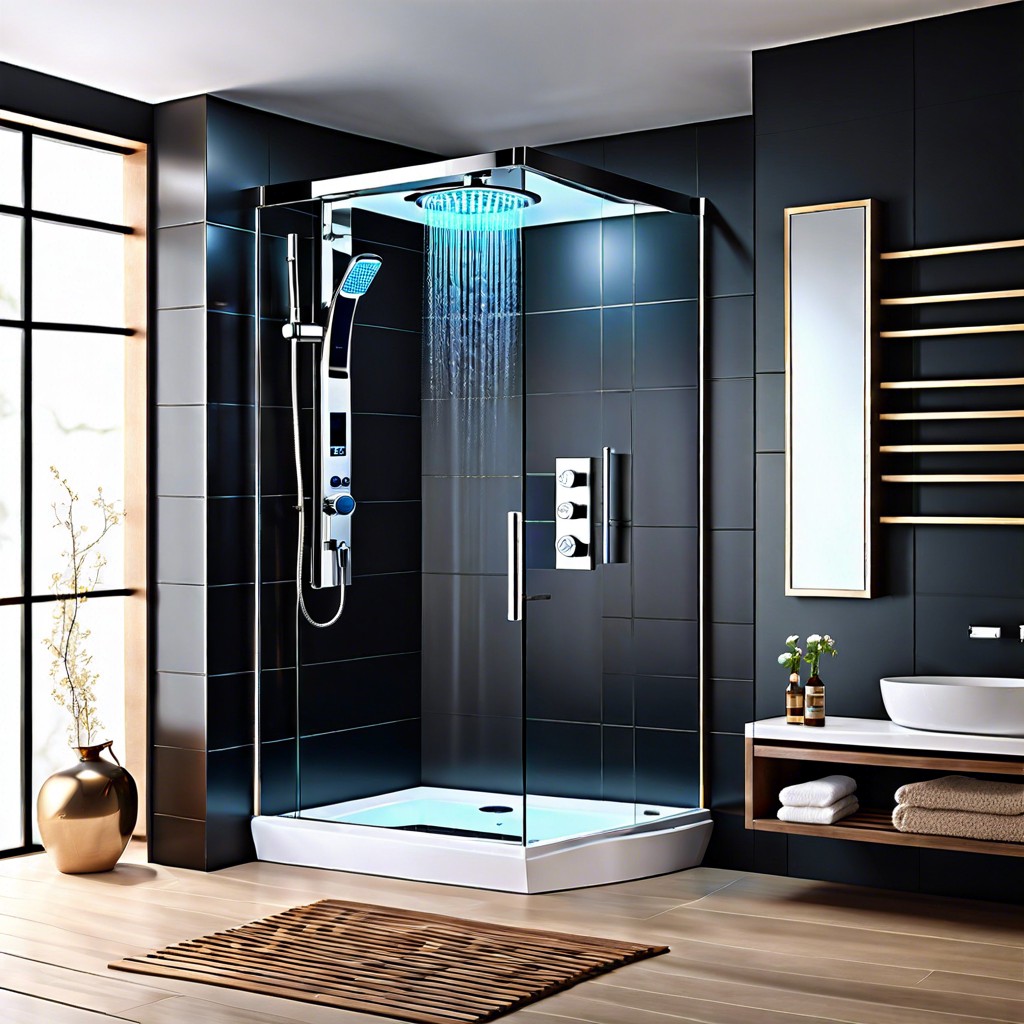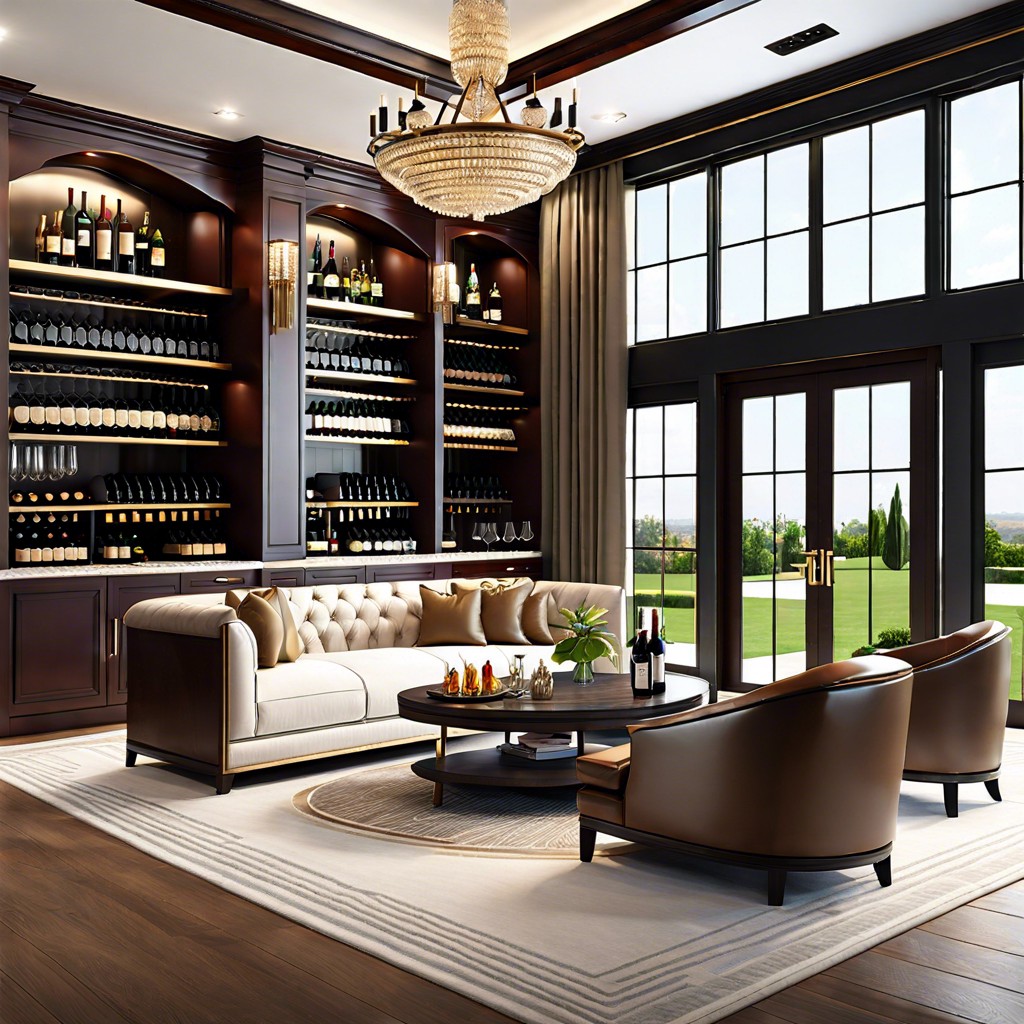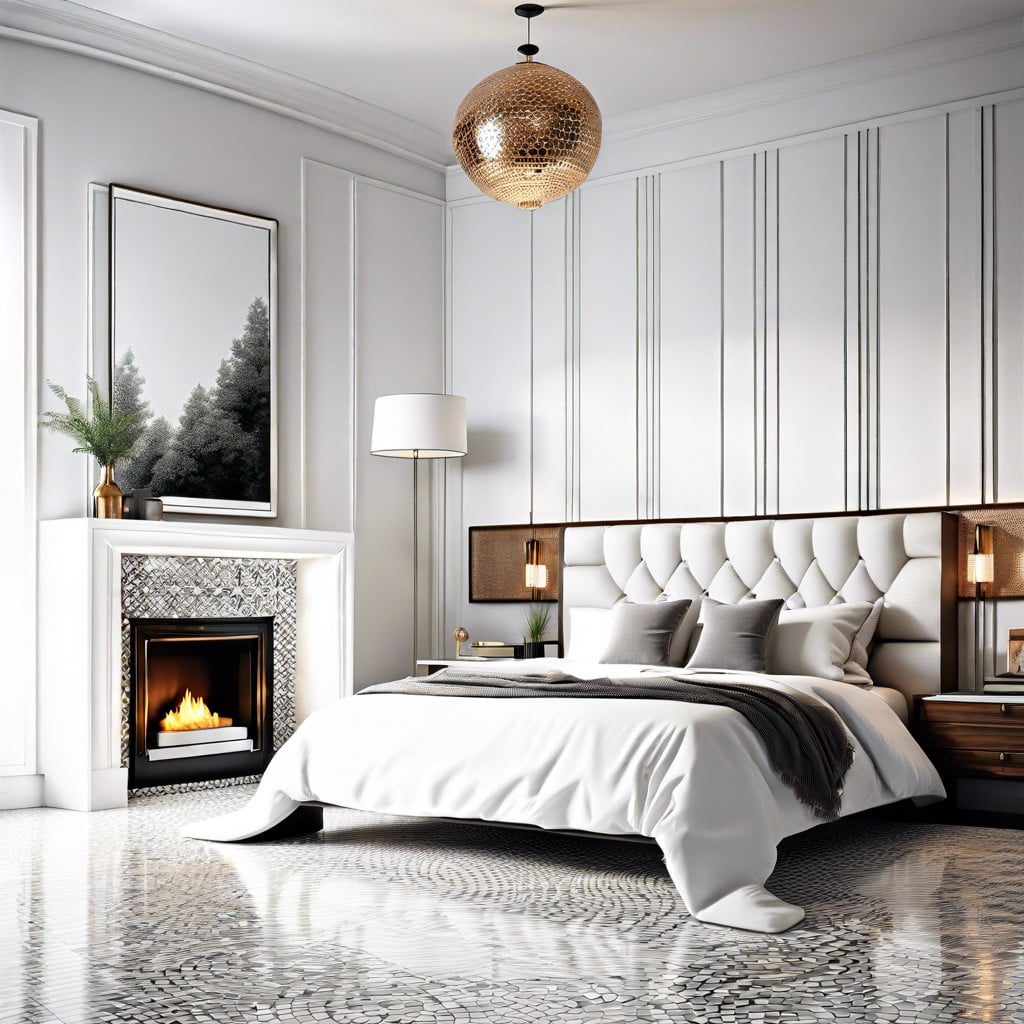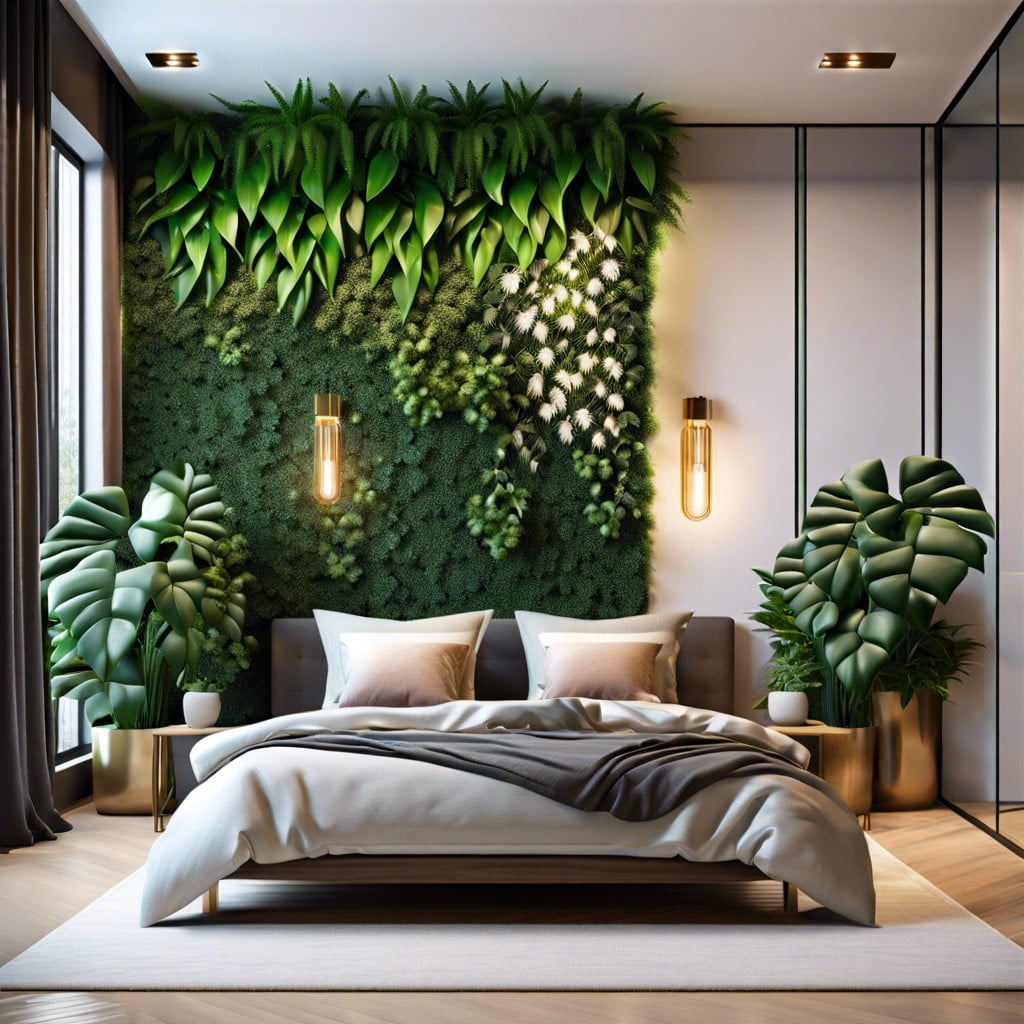Discover the considerations for choosing LVP flooring to complement your space with durability, style, and ease of maintenance.
Key takeaways:
- LVP flooring is durable, waterproof, and low-maintenance.
- LVP flooring has an accessible installation process and is cost-effective.
- LVP flooring offers a variety of textures, finishes, and patterns.
- LVP flooring is more environmentally friendly than traditional materials.
- LVP flooring is a practical and stylish choice for any home.
Definition and Core Composition of LVP Flooring
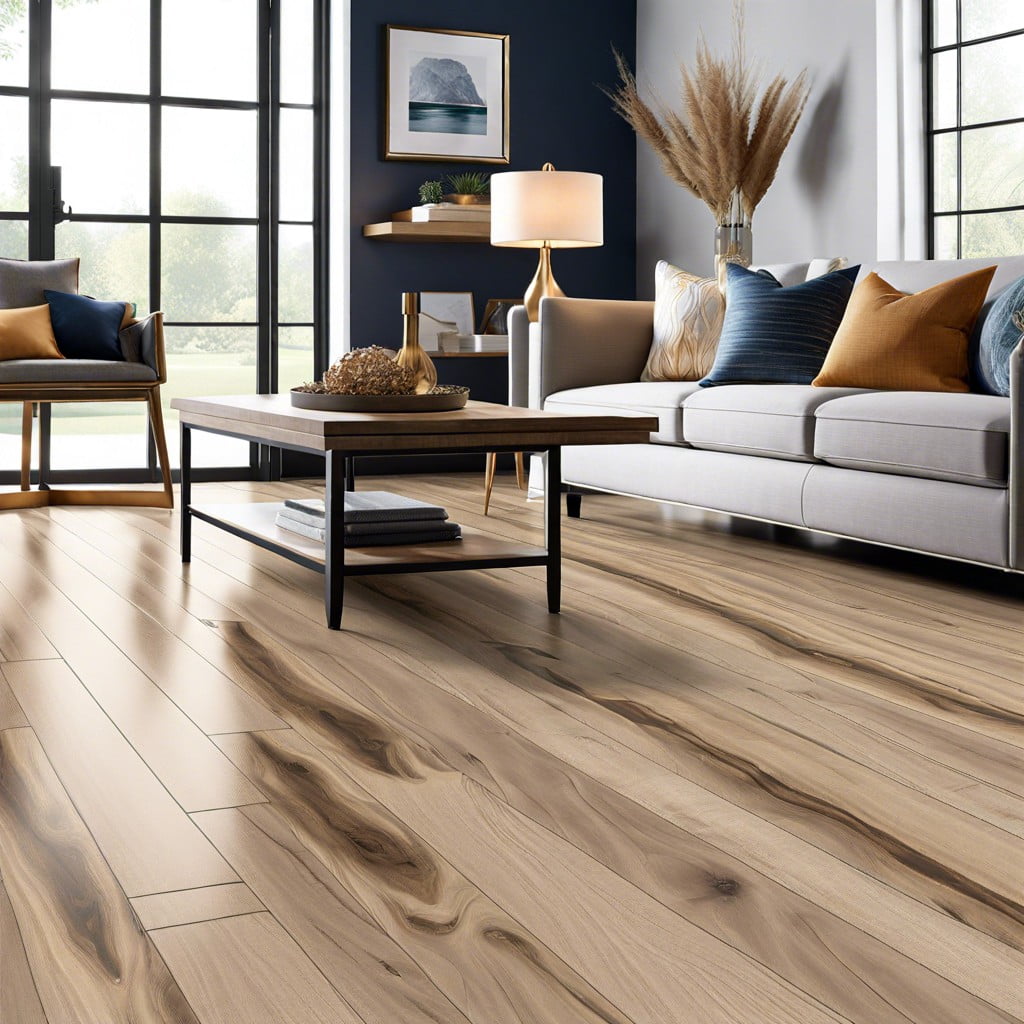
Luxury vinyl plank (LVP) flooring is a modern solution designed to mimic hardwood without the high cost and complex maintenance. At its core, LVP consists of multiple layers including a resilient vinyl backing, a high-definition photographic layer, and a protective wear layer that shields against scratches and scuffs. The backing provides stability, while the photographic layer gives the realistic appearance of wood or stone. The wear layer, often coated with urethane, enhances durability and makes LVP an excellent choice for high-traffic areas. This layered construction delivers a balance of comfort and longevity, positioning LVP as a versatile flooring option that can withstand the demands of daily life.
Durability, Waterproof Properties, and Maintenance of LVP Flooring
LVP flooring, a stalwart in the flooring arena, is renowned for its robustness. Crafted from thick, multiple layers, it resists scratches, dents, and stains, which makes it a prime choice for high-traffic areas. The clear wear layer on top ensures longevity, defending against daily wear and tear.
Waterproof properties are intrinsic to LVP, thanks to its PVC material composition. This feature not only allows for installation in moisture-prone areas like bathrooms and kitchens but also simplifies spill cleanups—just a quick swipe, and it’s as good as new.
Maintenance-wise, LVP flooring is low-maintenance. Regular sweeping or vacuuming keeps it pristine, while occasional mopping with a damp cloth and a suitable cleaner is enough to maintain its sheen. Avoid abrasive cleaners to ensure the integrity of the wear layer. Convenient durability and easy care make LVP a practical choice for modern living.
Installation Process and Cost-Effectiveness of LVP Flooring
LVP flooring presents an accessible installation process, often fostering a do-it-yourself (DIY) culture. Its design typically features a click-and-lock mechanism that allows planks to securely snap together without the need for adhesives. This floating floor system eliminates the complexity of installation, making it a suitable project for home enthusiasts.
The cost-effectiveness of LVP is marked by its long-term durability relative to its initial investment. While upfront costs may be higher compared to options like laminate, the longevity and minimal maintenance requirements of LVP can result in savings over time. Furthermore, it often mimics higher-end materials like hardwood or stone, providing a luxury aesthetic without the associated cost.
Homeowners might also consider the potential for LVP to add value to a property. Its resilient nature and modern appeal can be attractive to prospective buyers, should resale be a consideration. However, LVP’s affordability doesn’t compromise on style, as it offers a diverse range of designs to fit various decor schemes, making it both a practical and stylish choice for flooring.
Aesthetic Appeal: Textures, Finishes, and Patterns
Luxury Vinyl Plank (LVP) flooring offers an array of design possibilities to suit any interior style. It closely mimics the look of natural materials, such as hardwood or stone, due to advanced photographic technology. With detailed grain patterns, rich color variations, and textured surfaces, LVP can achieve an authentic appearance that adds warmth and character to a space.
The embossed or hand-scraped textures not only enhance the realistic look but also contribute to the flooring’s slip resistance. A protective top layer ensures that the high-resolution print remains intact and guards against fading or staining, thereby preserving the floor’s beauty over time.
The versatility extends to finishes, with options ranging from matte to glossy, allowing homeowners to create a space reflective of their personal aesthetic. Patterns play a crucial role too, including traditional, chevron, and herringbone arrangements, offering room for creative installations.
In essence, LVP flooring provides the opportunity to enjoy luxurious design elements that are both practical and visually stunning. Whether for a minimalist, rustic, or sophisticated setting, its aesthetic flexibility proves it a favored choice for designers and homeowners alike.
Environmental Impact and Comparison With Other Flooring Options
Luxury Vinyl Plank (LVP) flooring offers a noteworthy nod to eco-friendliness in comparison to traditional materials. Manufactured primarily from polyvinyl chloride (PVC), it raises concerns regarding recyclability and production processes. However, the industry is adapting, with some brands now offering LVP containing recycled materials, seeking to reduce environmental footprints.
In contrast to hardwood, LVP requires less raw wood, thereby reducing deforestation. Yet, hardwood can be sanded down and refinished multiple times over its lifespan, often outlasting LVP. Hardwood also boasts the advantage of being completely biodegradable.
Compared to carpeting, LVP has a robust advantage in allergen resistance and longevity. Carpet typically has a shorter lifecycle and often ends up in landfills, also potentially harboring dust and allergens.
Tile presents a mixed comparison—ceramic or porcelain tiles are durable and may contain recycled content, but their production is energy-intensive. Meanwhile, LVP offers better insulation, reducing energy costs in colder climates.
In balancing aesthetic desires, cost, and ecological considerations, LVP emerges as a practical middle ground. It provides consumers with the luxury of choice alongside a more sustainable outlook, contingent upon careful selection and a preference for brands prioritizing recycled content and responsible manufacturing processes.

